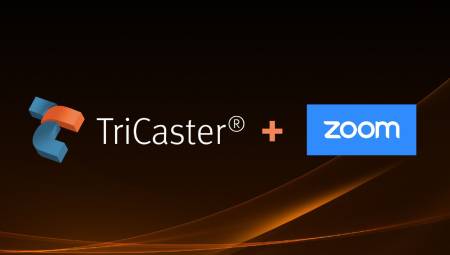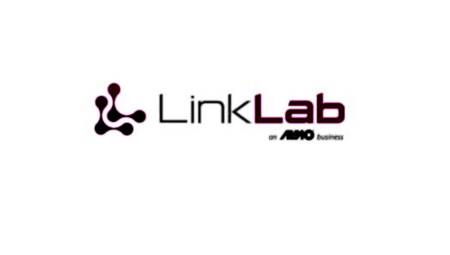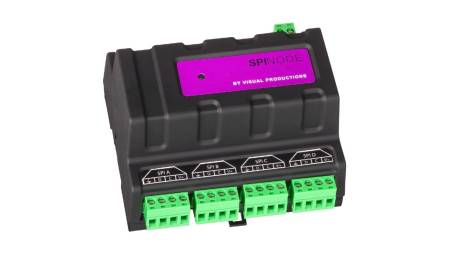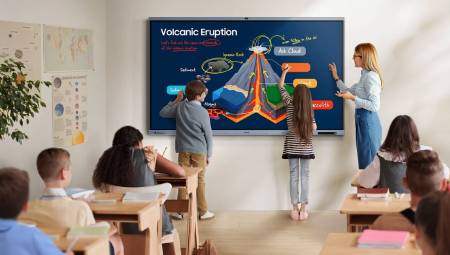Latin America. The Internet is becoming increasingly essential for everyone: 94.5% of the population aged 16 to 74 have used the Internet in the last three months, and 14% of those employed say they have teleworked during the week prior to the interview of the latest Survey on the equipment and use of information and communication technologies (ICT) in households. corresponding to 2022.
The arrival of WiFi 7 (the name by which the IEEE 802.11be standard is known), expected by the end of the first quarter of the year, will improve your experience. At least, this is its goal: to increase the performance of today's newest protocols, known as WiFi 6, and their evolution with the extended WiFi 6E protocol.
But what does that translate into? As explained by José Antonio Morán, director of the UOC's Bachelor's Degree in Telecommunications Technology and Services Engineering, and Carlos Monzo, director of the UOC's Master's Degree in Telecommunications Engineering, the main advantages of WiFi 7 are as follows:
1. Speed
The bandwidth of WiFi 7 will be noticeably faster than that of the current version 6, although the current one is already quite fast (9.6 gigabits per second). It will have a data flow called Extremely High Throughput, which will lead to performance with a speed of more than 40 gigabits per second for each access point. These features will lead to connection speeds on a computer that will be over 5.8 gigabits of real speed, compared to the 2.4 gigabits per second of the current WiFi 6.
2. Latency
There will also be considerable improvements between versions in terms of latency time, which will be much lower with the upcoming WiFi 7. Latency, the parameter that determines network response time and is essential for applications that need to operate with near-real-time performance, will decrease significantly. This will be noticeable, for example, in the viewing of videos and in the gameplay of video games.
At higher speeds and lower latency, we will be able to evolve technologically in applications such as immersive games or elevate audiovisual content performance from 4K to 8K.
3. Compatible with other versions
Another great advantage will be that, with the next technology, current devices will be able to operate with the new WiFi 7 routers. In addition, the new routers will be multilink, so it will be possible to use all bands to speed up connections and thus avoid possible interference. In this way, the wireless connection process will be more reliable and will have better features.
4. Safer
Currently, the WiFi 6 connection has WPA3 (Wi-Fi Protected Access 3) security, a fairly solid technology in terms of security. However, advances in security are essential, and the security of the next version is expected to be even more powerful and armored, with the WPA4 security protocol.
5. Increased Connection Stability
The technology incorporated in WiFi 7, called Multi-Link Operation (MLO), will allow a much faster and, above all, stable connection. It will make it easier for devices to transmit and receive data simultaneously over different links, resulting in better performance and lower latency.
How does it work?
To make all this possible, those responsible for the new version have provided it with a series of improvements and new technologies. José Antonio Morán and Carlos Monzo highlight the following:
• WiFi 7 works with a true tri-band based connectivity system and supports 2.4, 5 and 6 gigahertz connectivity. However, it will be possible to use several of them simultaneously, with the improvement in performance and stability that this will bring to communications.
• In order to be able to make use of multiple bands at the same time, WiFi 7 uses the technology called Multi-Link Operation (MLO). This system, in addition to grouping frequency bands and channels to achieve more speed, is capable of reducing latency and increasing the stability of communications.
• WiFi 7 also doubles the bandwidth and speed over previous standards.
• The improvement in performance is based on new modulation schemes, such as the 4096-QAM. This allows 12 bits to be transported instead of 10 in each symbol, resulting in a 20% increase over the WiFi 6 1024-QAM system.
• The MIMO (multiple input, multiple output) system of the antennas, already present in previous protocols, has also been improved, and has gone from eight data streams to a total of sixteen. This offers higher transfer rates, more coverage, more users connected at the same time, and an overall more stable network.
With all these improvements, WiFi 7 aims to bring wireless connections into line with state-of-the-art wired connections, such as USB 4, which achieve maximum speeds of approximately 40 gigabits per second. It also wants to reduce some of the common problems in Wi-Fi networks, such as low coverage or saturation of frequency bands in environments with multiple routers and devices.
As usual, once the standard is made official, the latest generation devices will generate compatible versions that will progressively appear on the market, including phones and smartwatches, routers, etc. However, this standard will be backwards compatible with devices that implement older protocols. "This means that the devices we currently have at home will be able to operate with a WiFi 7 router, although obviously they will not be able to reach the speeds of the new standard if they are old devices," says José Antonio Morán.
In any case, not every device will need to be compatible with this standard. "If we have a home automation switch, it will not need to be adapted to this standard, since this would increase its price without providing functionalities," says Carlos Monzo. "In the domestic sphere, we have to think about equipment that requires a high flow of data, such as computers, smartphones, game consoles, smart TVs, etc.," adds José Antonio Morán.
















